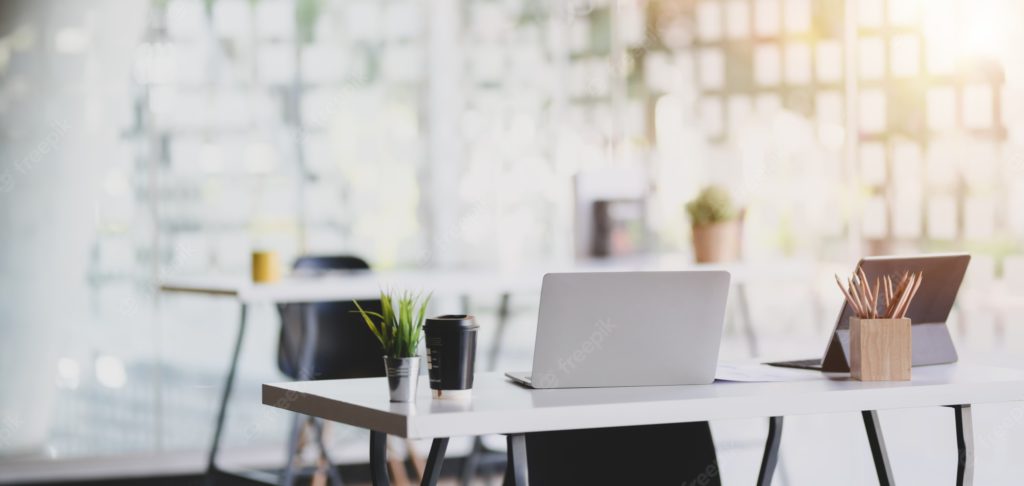With output being such a big focus for the corporate world we are constantly on the hunt for ways to encourage our employees to be more productive. There’s been plenty of trends to go in and out of fashion over the years; we discovered that sectioning everyone off in cubical wasn’t actually a sure-fire way to get your workers working, so we switched to an open plan space. As more and more information came to light on how working less or a better work life balance often produced the same if not higher output, we readdressed that norm. Some offices went the full 9 yards and got themselves in games rooms and provided meals etc., whilst others went for a more low-key change with flexible work hours and better annual leave. Unsurprisingly, we discovered that working people to the bone did not actually lead to more work but allowing them adequate rest enhanced performance. The search for ways to improve productivity is ongoing but the physical office environment is undoubtably a contributing factor.
Open floor office spaces that encourage collaboration and socialisation are definitely still in. Employers have discovered that having their workers interact on a personal and social level actually leads to better working relationships. This is extremely important when it comes to projects that require a bit of teamwork. Employees will already have a basic understanding of who their colleagues are, how their brains work and what they value with regards to workstyles. These kinds of relationships are fundamental when developing a high performance team. Whilst the open plan workstations can drastically improve interactions between workers, installing spaces where workers can come together for informal meetings and collaborations will further this movement. Taking away the need for careful scheduling and encouraging the art of free roaming, as fit, throughout the office will allow your teams to intermingle and further the connections throughout the organisation.
Lighting is one of the biggest influencers of employee productivity. Studies have shown that dim lights will diminish output and the harshness of florescence can cause headaches. The aim is to find a happy medium where the lighting is motivational but not overstimulating. This is proven to be even more effective where the lighting is natural over artificial. This isn’t always possible in the high-rise buildings in which these offices are generally situated, but there are a number of ways you can enhance what window access you have. Buildings with aluminium cladding have the potential to attract more sunlight – though be careful it doesn’t also reflect it away from your window spaces. Keeping the wall colours within the office bright will also help attract the natural light and brighten the room. Lastly, don’t underestimate the potential of a light coloured timber feature wall.

Other factors to consider when designing your office include the temperature and airflow. It’s highly unlikely you’re going to find a temperature that suits all employees, but the comfortability of your workers will be greatly impacted by their comfortability in the office. Generally speaking, women tend to run a little colder than men and are more likely to suffer from a colder work environment. If the office is too cold, your employees will find it difficult to focus, will take more frequent breaks and their output will drastically reduce. Similarly, if your office is too hot, your employees will have an increased susceptibility to frustration and are more likely to make errors – thus creating more work in the long run. Ensuring that the office stays within a comfortable zone will drastically improve the consistency of productivity in your teams. Airflow is equally important. Everyone knows what a difference it can make when you get out for a little walk after being couped up inside all day. It has the power to quite literally make us feel lighter and refresh our brains. Where possible, look to install windows that are able to be opened and on days where the weather permits, try to keep them open. Also encourage your employees to get out of the office on their lunch breaks or when they find themselves losing focus. A little walk around the block for some fresh air will make a world of difference.
Keep your décor of your office functional but be sure to add a quirky twist to it. Our brains work best when they are at the optimal level of stimulation and being in a dull environment can severely diminish motivation and creativity. Opting for colourful furnishings and making an effort to include some unusual design will inspire your employees. Rather than having greys or blacks for window seals etc, take the opportunity to include a bit of extra colour. When designing the layout try to switch up styles and vibes of the different sections. This might be through colour or could be a switch around of materials used. Where possible, include a relaxation area that isn’t a kitchen. By making it feel as though they are outside of the office, employees are more likely to switch off during breaks leaving them refreshed when they return. Perhaps install some makeshift decking, turn it into a team building project and have everyone burst out the deck sealer, deck stain, and tung oil.
Covid 19 has greatly impacted how we experience the office. Most office based industries haven’t returned to the 5 day work week that existed pre-covid. If employees are going in at all then they are working at a hybrid capacity that sees them in the office only a few days a week. As such, many of us have made the leap and installed home based offices or workspaces. You might think that as this is in their home, you as an employer can have no impact – but you would be wrong. Ensuring your employees have an adequate setup at home will absolutely impact their productivity levels. Helping them financially might seem like an extra cost that you don’t want to incur but opting not to provide this could see your outputs diminishing and your employees disengaging due to discomfort, inconvenience and even resentment towards their workplace.

